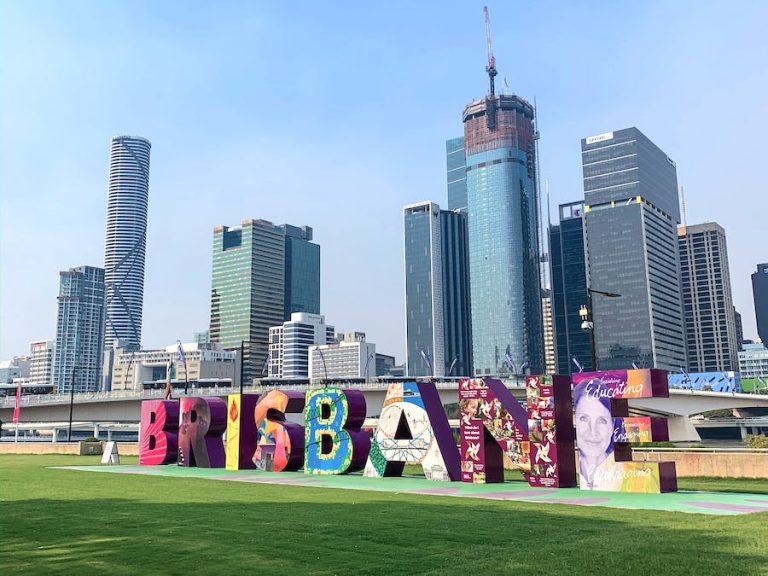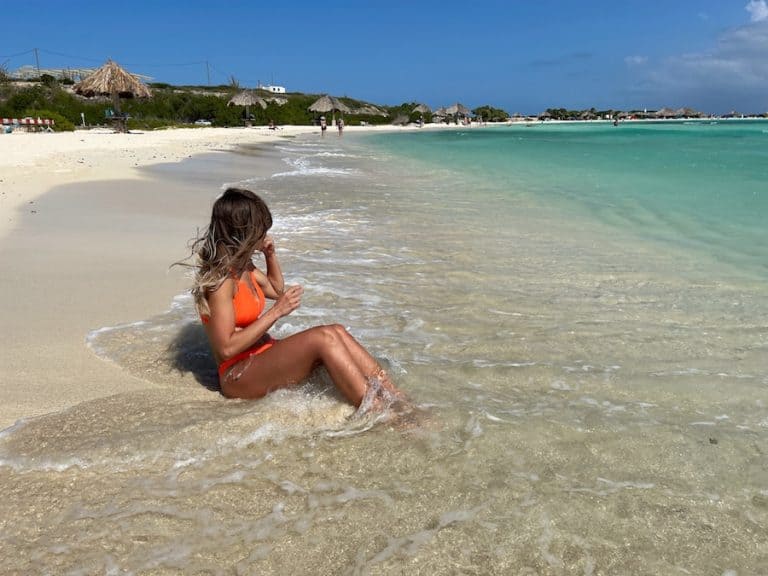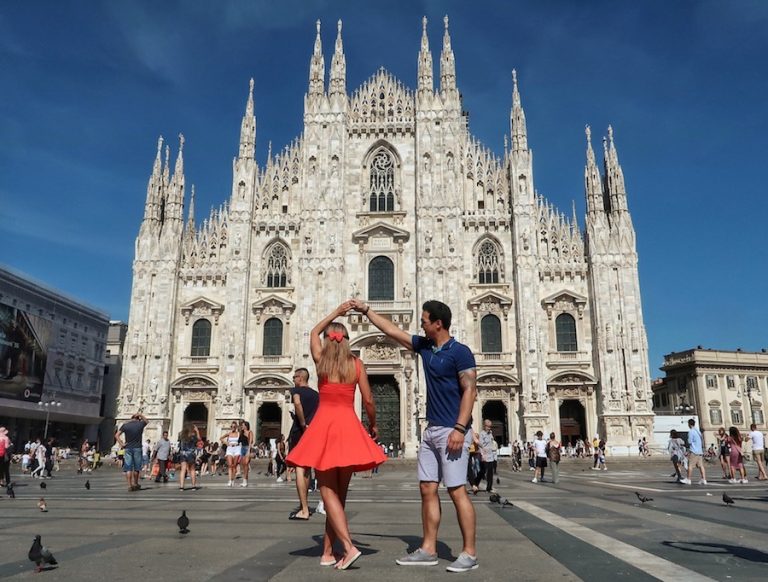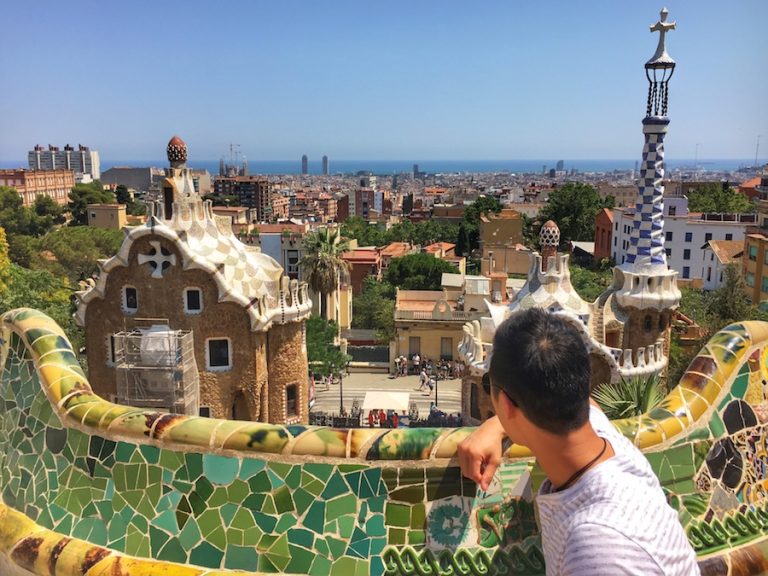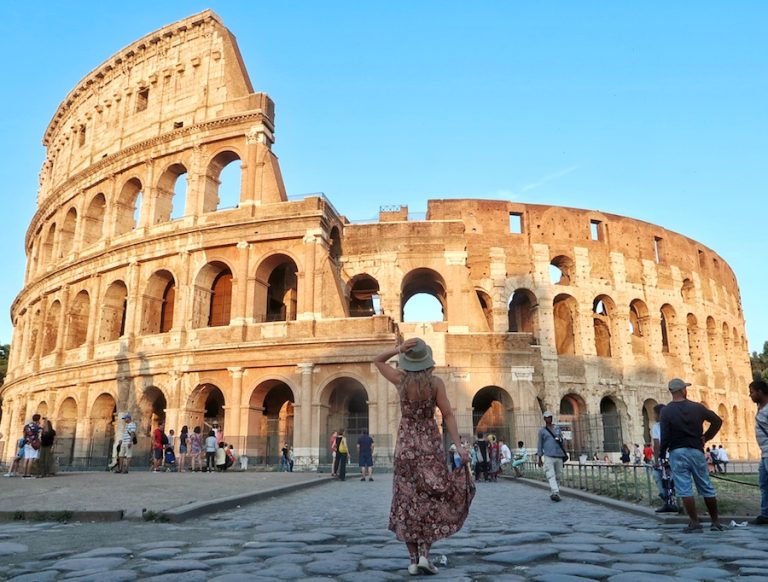Is Malta Worth Visiting? A Practical Guide for 2025
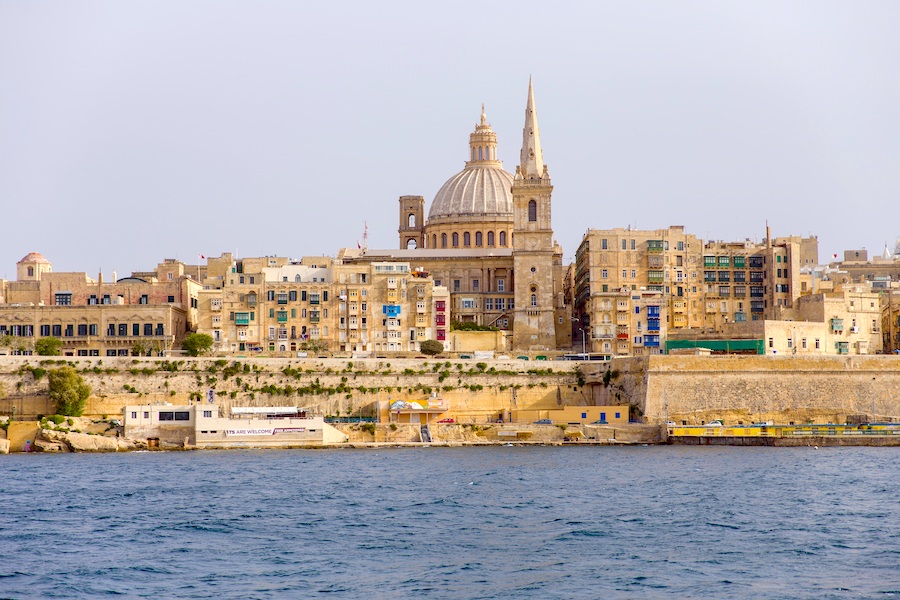
Is Malta Worth Visiting & What Are The Best Things To Do There In 2025?
After spending two weeks exploring Malta, this guest post makes a strong case for why the country is absolutely worth visiting.
As the plane descended, the brilliant blue of the Mediterranean filled the window, with golden sandstone buildings packed along the coastline. My first thought? This place looks incredible.
With over 7,000 years of history and culture packed into just 316 square miles, Malta has a lot to offer. From prehistoric temples and baroque palaces to medieval cities and modern resorts. There’s something here for almost every kind of traveller.
While this is a guest post, we’ve also visited Malta ourselves and have added a few notes and updates throughout to help you plan smarter.
In this practical 2025 guide, you’ll discover why Malta deserves a spot on your travel list, including the best things to do, where to stay, when to visit, and what to expect once you arrive.
Is Malta Worth Visiting In 2025?
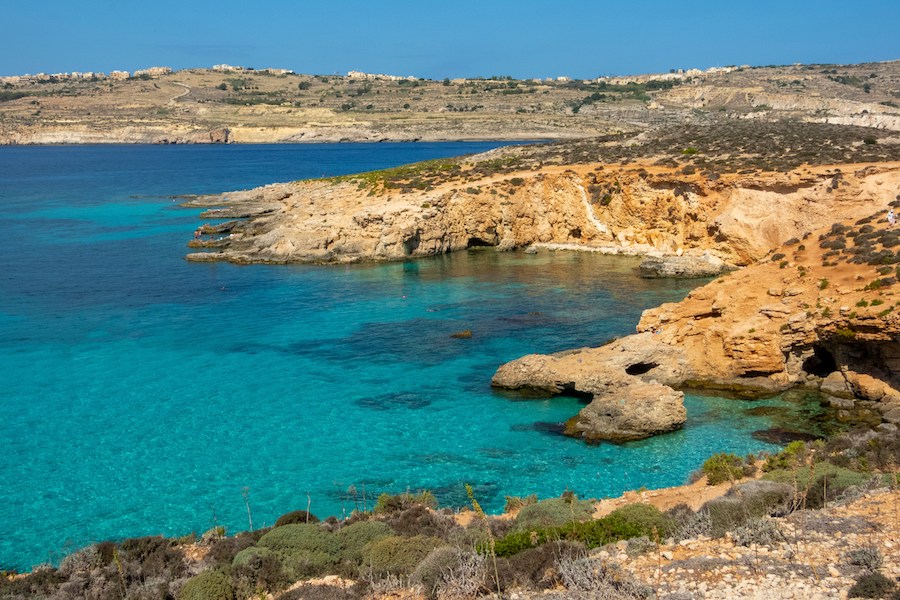
Without a doubt, Malta is worth visiting. It’s one of Europe’s most underrated destinations, which is surprising considering how much there is to see and explore. If you’re planning a trip in 2025, it absolutely deserves a spot on your list.
With cheap flights from most places in Europe, it’s easy to get to Malta for an action-packed getaway that includes everything from ancient temples to beautiful beaches, all packed into a compact island. It’s also easy to get around, and prices are very reasonable for a Mediterranean destination.
The weather is fabulous, and Malta has over 300 sunny days a year. Spring and autumn are ideal, but even winter is mild. You can enjoy the beach, sea views and its world-famous bays with the sun still shining.
Malta is very safe and family-friendly, with violent crime being rare and tourist scams uncommon. The locals are super friendly, and English is one of the official languages here. You’ll still get a good dose of Mediterranean culture, though.
The food is a real highlight. There’s a mix of Italian and North African influences, along with Mediterranean staples like seafood, cheeses, olives and breads.
The nightlife is also great, especially if you’re into clubs, festivals and lively pubs. Those looking for a good party will find Malta delivers.
While the island doesn’t always get the credit it deserves, there are plenty of reasons for those who love to explore to say that Malta is certainly worth visiting.
What Makes Malta Unique?
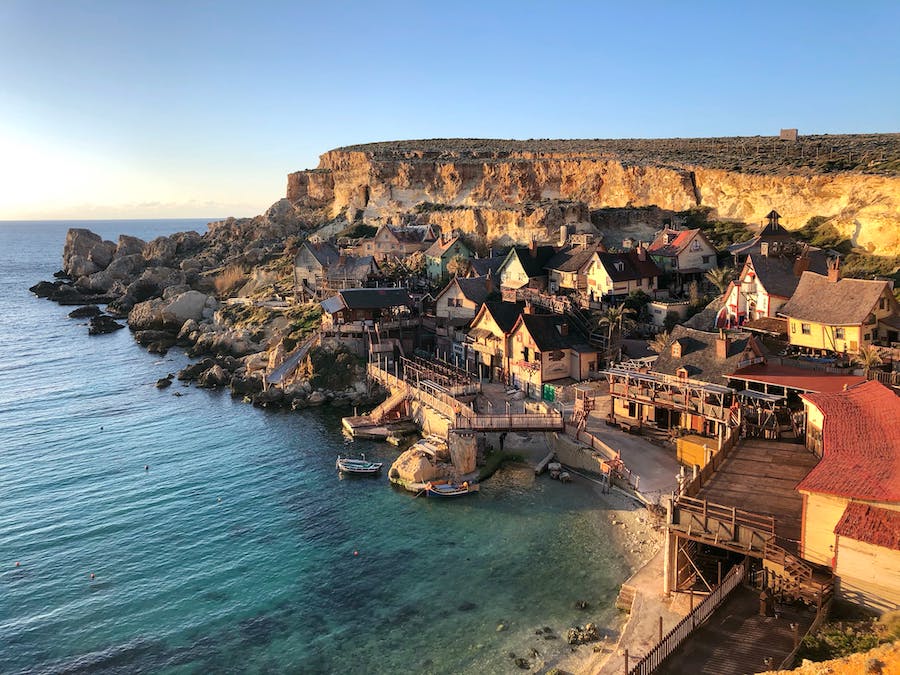
What sets Malta apart from other European destinations? Here are some of the country’s more distinctive features.
Deep History
From early Neolithic settlements to Phoenician, Roman and British rule, Malta has over 7,000 years of recorded history. It’s one of the oldest civilisations in Europe.
Megalithic Temples
Built between 3600 and 2500 BC, Malta’s temples like Ħaġar Qim predate Stonehenge and the Pyramids. They are well-preserved and surprisingly accessible.
Baroque Architecture
Valletta has one of the highest concentrations of baroque buildings in the world. The city is compact, walkable and full of honey-coloured churches, palaces and balconies.
World War II Sites
Malta played a key role during the war and was one of the most heavily bombed places in Europe. The Lascaris War Rooms offer a good look at its wartime role.
Scuba Diving
With clear waters and hundreds of shipwrecks, Malta is one of the top dive destinations in Europe. Gozo and Comino also have good shore dives and caves.
Cliff Swimming and Sea Caves
The coastline is dramatic, with plenty of natural spots to swim, jump or explore by boat. The Blue Grotto is a popular spot, but there are others with fewer crowds.
Driving Culture
With more cars per capita than anywhere in Europe, driving here is not exactly calm. It’s chaotic but oddly entertaining.
Top Things to Do in Malta In 2025
The list of fun things to see and do in Malta truly goes on and on. But here are some of the ‘can’t miss’ attractions and activities to put on your Malta itinerary:
1. Explore Valletta
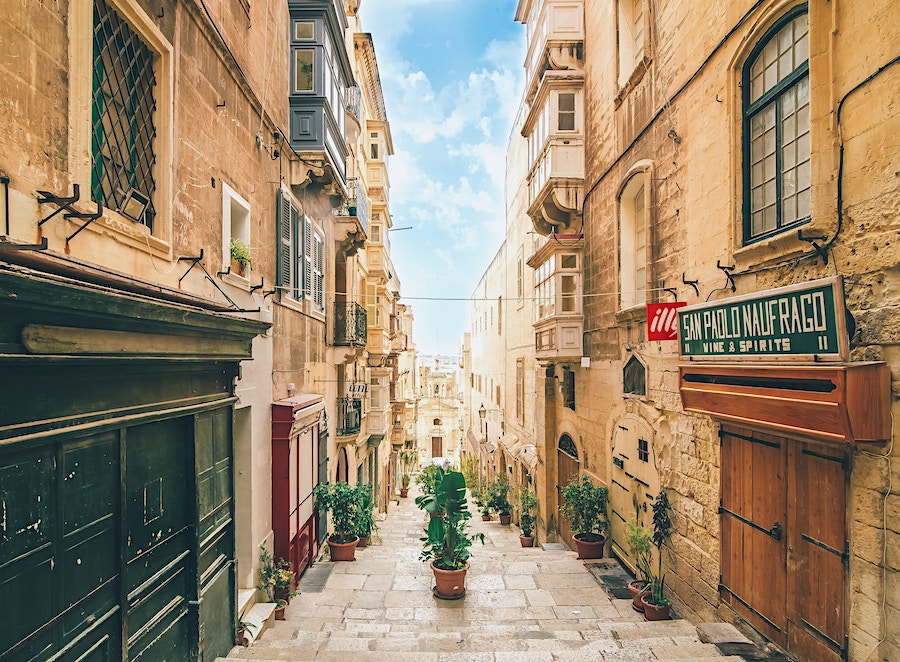
Malta’s capital and a UNESCO World Heritage Site, the 16th-century city of Valletta deserves a full day to uncover its elaborate churches, palaces, museums, gardens and more. Walking the gridded streets, you’ll discover something new around every corner.
History buffs will be in heaven with the multiple museums and historic sites. Foodies will enjoy sampling traditional dishes at local restaurants, and shoppers can hunt for souvenirs and local handicrafts.
Don’t miss St John’s Co-Cathedral and the sweeping views from the Barrakka Gardens. Most attractions are open daily from 9am to 5pm.
2. Dive the Wrecks off Sliema
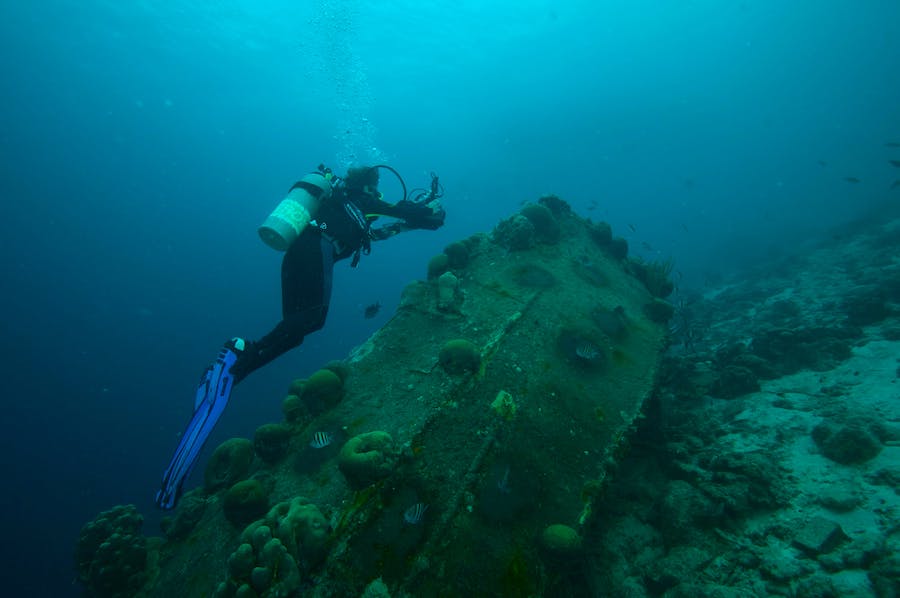
Sliema is known as the “Jewel of Malta” for its incredible scuba diving. Dive centres can take you out each day to explore a different sunken WW2 wreck, like the Imperial Eagle and Rozi tugboat.
It’s great for certified divers of all levels. Multiple dive shops operate tours starting early morning until evening.
3. Visit Comino and the Blue Lagoon
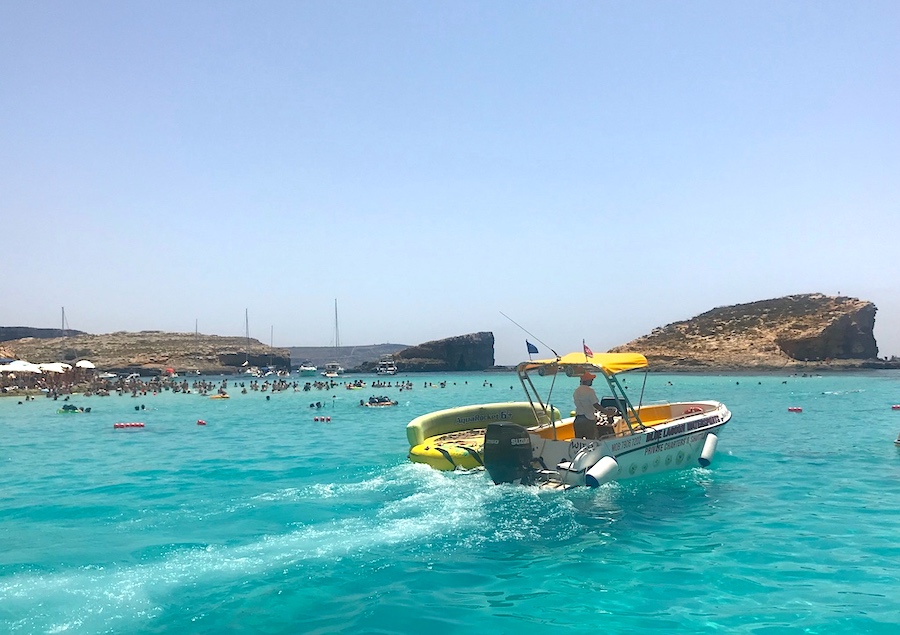
Taking a short, 10-minute ferry ride to Malta’s sister island of Comino, you’ll arrive at Malta’s most famous tourist landmark: the Blue Lagoon, a breathtaking spot of crystal-clear, aqua-blue water. The Blue Lagoon is open all hours, just remember to keep track of the last ferry departure to avoid being stranded on the island.
You can also book a tour from Valletta, which is one of the best things to do in Malta. Tours usually include several swimming spots, lunch and drinks (alcoholic and non-alcoholic).
If you prefer something less touristy, take the short trek over the rocks to the Crystal Lagoon, which looks just as spectacular but with hardly anyone around.
4. Tour the Megalithic Temples
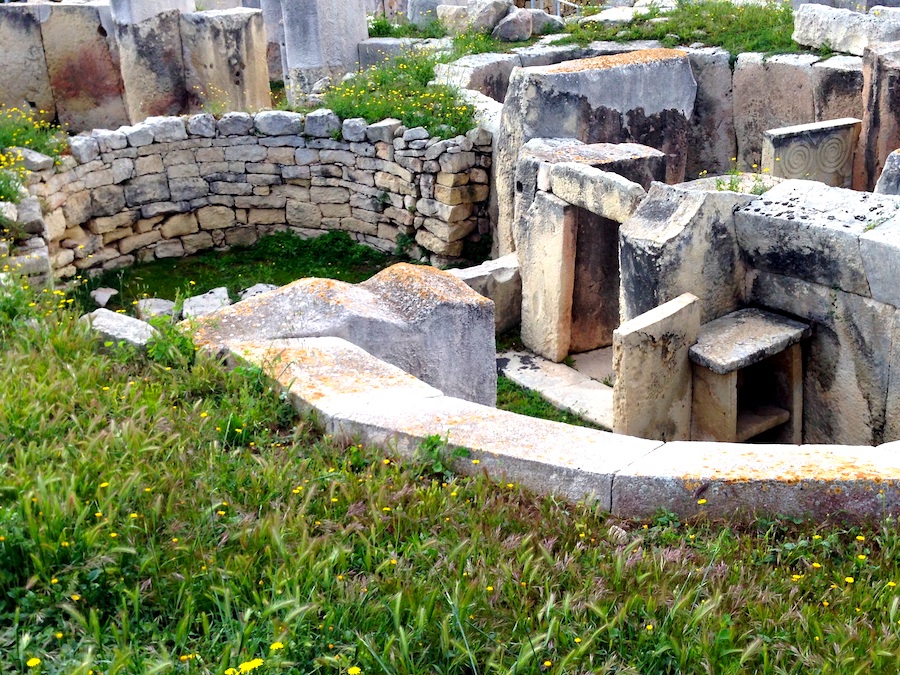
Malta’s UNESCO World Heritage megalithic temples date back over 5,500 years and offer a glimpse into the earliest complex societies. Ħaġar Qim and Mnajdra temples are not to be missed.
History buffs will be awed by the incredible preservation of these stone structures that are even older than the pyramids. Open daily from 9am to 5pm.
5. Swim in the Blue Grotto
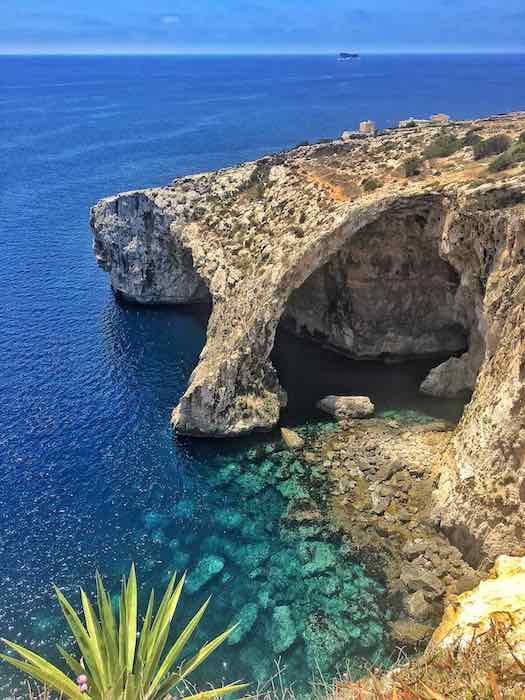
Cruise over to the stunning Blue Grotto sea caverns. Boat tours or water taxis take you through the glowing blue waters that light up with bright phosphorescent colours.
Stop to swim in quiet coves and grottos along the way. Tours run daily and take 30 to 60 minutes. Ideal for nature lovers and swimmers.
6. Wander the Silent City of Mdina
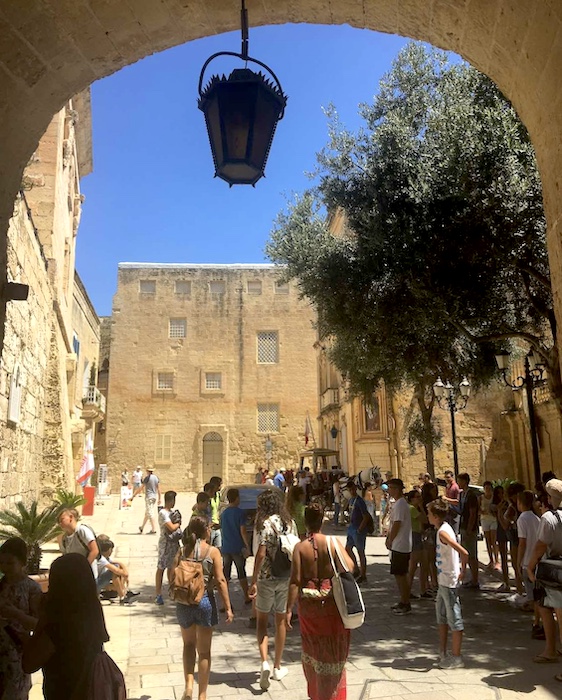
Nicknamed the “Silent City”, Mdina is a medieval walled town with tons of character. Walk the narrow, car-free streets, check out St Paul’s Cathedral and stop in one of its many wine bars.
History and architecture fans will love wandering this open-air museum. Open daily from 8:30am to 5:30pm.
7. Try a Local Food Tour

With delicious fresh Mediterranean cuisine, Malta is a foodie haven. Go on a tasting tour through the capital, Valletta or Mdin,a to sample signature bites like pastizzi, rabbit stew, bragioli and cannoli.
Various tour companies offer two- to three-hour walking tours year-round. Reservations recommended.
8. Walk the Ramparts of Valletta
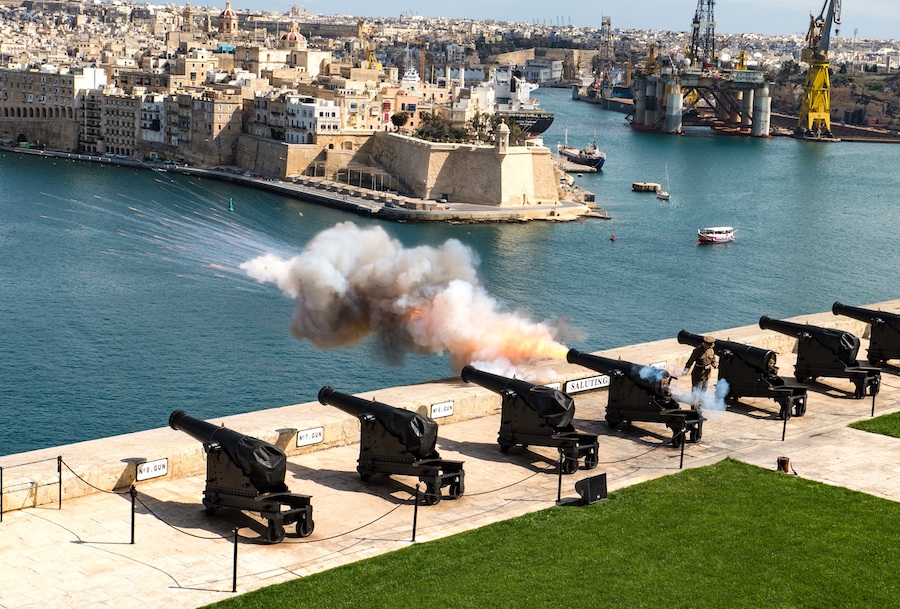
FFor panoramic views of the Grand Harbour and the Three Cities, walk the city perimeter along the towering fortified ramparts built by the Knights of St John.
It makes for a scenic couple-mile stroll. Open daily, with some sections closing at sunset.
9. Take a Day Trip to Mellieħa
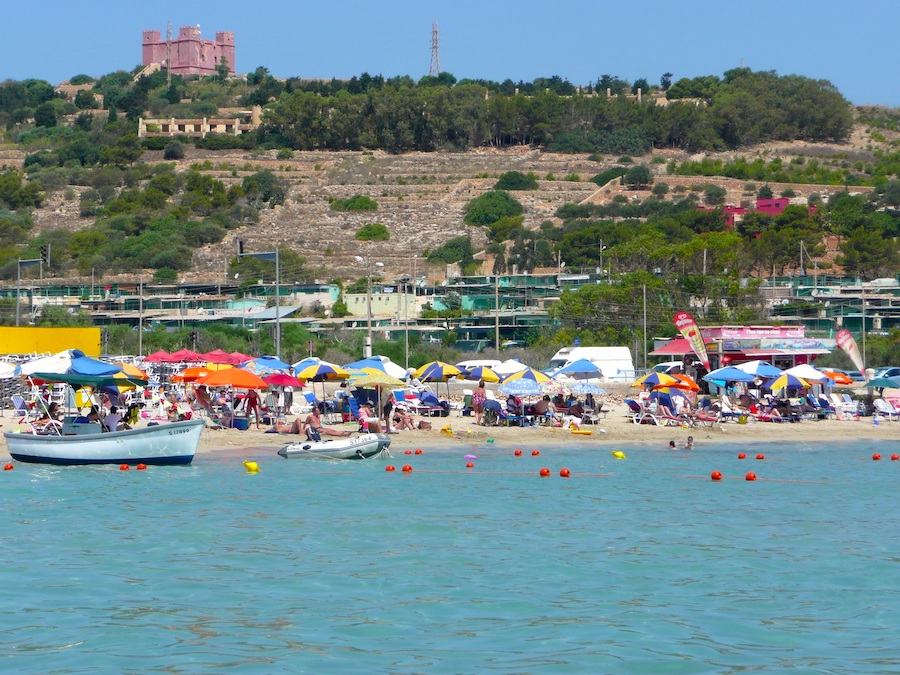
Mellieħa Bay has some of Malta’s best beaches. Take a day trip here to enjoy the blue waters. Don’t miss taking the rickety boat taxi to the secluded sandy beach of Blue Lagoon on Comino Island.
Perfect for sunbathers, swimmers and families looking to relax. About 30 minutes drive from Valletta.
10. Experience Malta’s Nightlife
After dark, St Julian’s and Paceville transform into a party scene with pumping music pouring out of the many open-air clubs and bars.
Dance the night away with fun-loving locals and tourists. The energy ramps up around 11pm and lasts until late, until 3 or 4am. Night owls and party people will feel at home.
11. Watch the Sunset at Għajn Tuffieħa
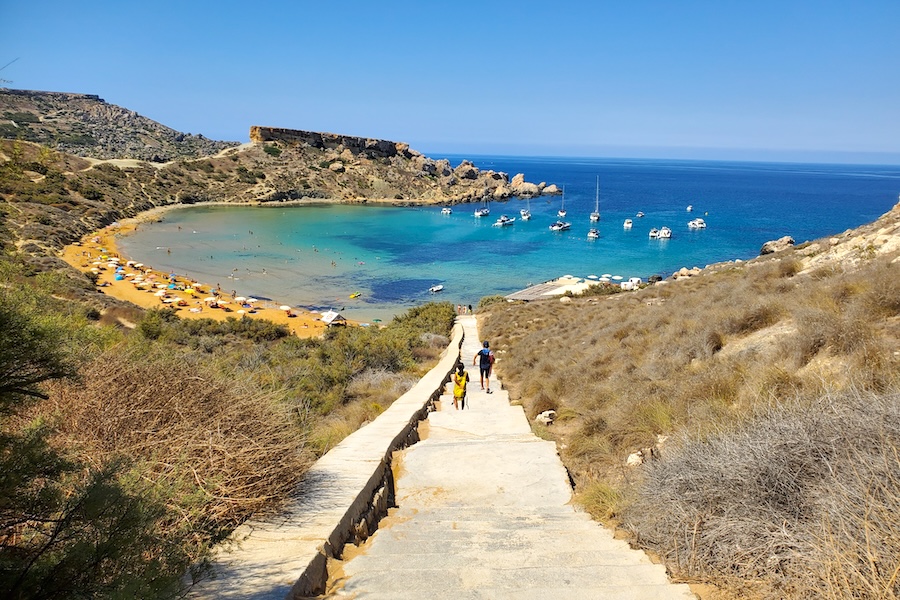
Tucked away on the northwest coast, the scenery at Għajn Tuffieħa makes it one of the best beaches in Malta. It’s less crowded than Golden Bay and ideal for a late afternoon swim followed by a sunset from the clifftop stairs.
You’ll need to walk down a steep set of steps to get there, but it’s worth it.
12. Visit Marsaxlokk on Market Day
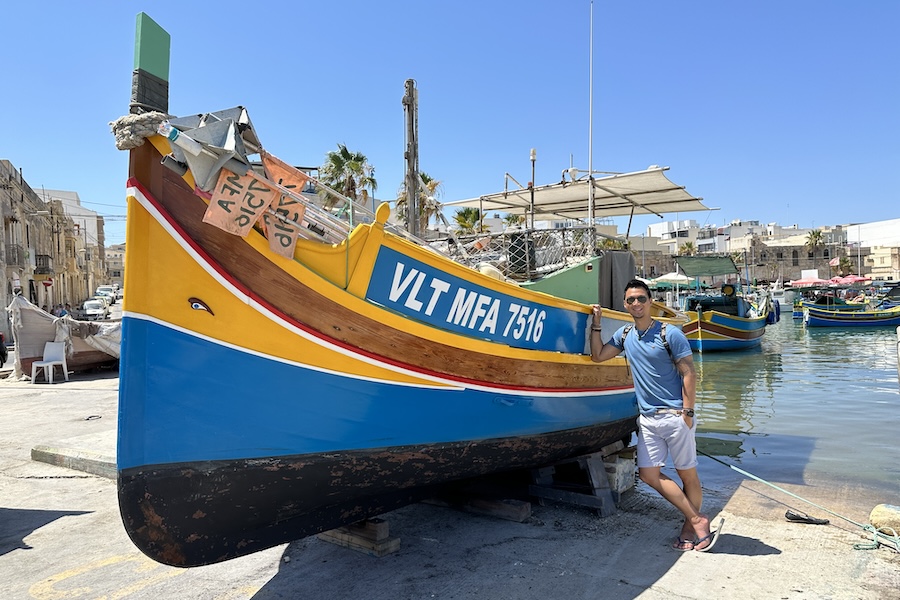
This colourful fishing village is best known for its Sunday fish market, but it’s also a lovely spot to explore any day of the week. The harbour is lined with traditional Maltese boats and relaxed seafood restaurants. Great for a quiet lunch and a wander.
13. Spend a day on Gozo
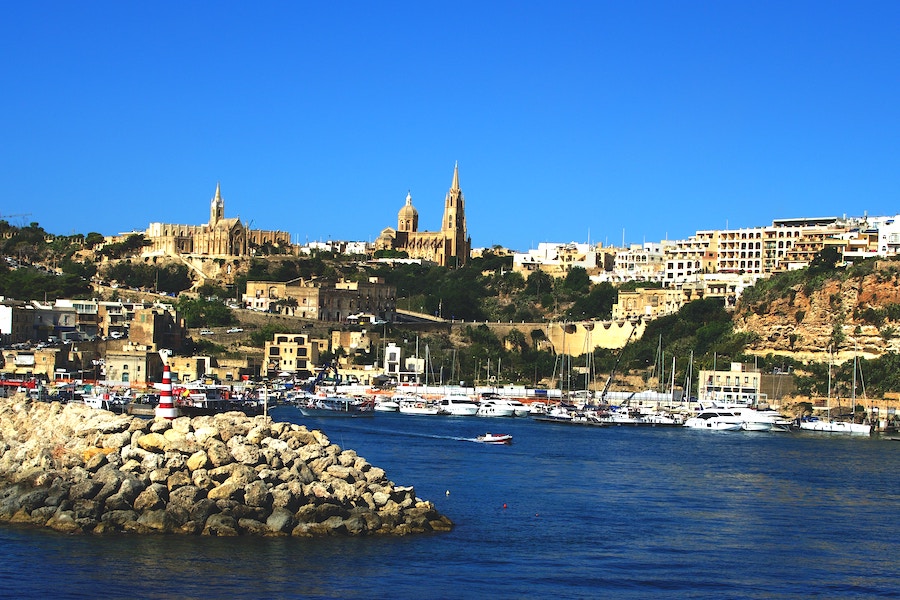
Take the quick 25-minute ferry to Malta’s sister island, Gozo, for a slower pace and a different vibe. Hike the salt pans near Marsalforn, visit the ancient Citadel in Victoria or relax at Ramla Bay, one of Gozo’s best beaches with its distinctive red-gold sand.
For a memorable view, climb up to Tal-Mixta Cave overlooking Ramla. It’s a short walk, and the panoramic shot is one of the island’s best.
Best Time to Visit Malta?
One of the perks of Malta is that it enjoys pleasant weather year-round, but spring and autumn are generally considered the best times to go.
Summer (June to August) gets hot, which is great for beach days but less ideal for sightseeing in cities like Valletta. Evenings stay warm, though, so it’s still good for nightlife. Sea temperatures peak from July to October and hover around 21–27°C, perfect for swimming and watersports.
Winter is mild, though you might get some rain. Most sights and restaurants stay open all year. From January to March, the island is quieter, prices are lower and the sea is colder — but it’s still a decent time if you want to avoid crowds.
For the best balance of weather, prices and crowds, aim for April to June or September to October. These shoulder seasons offer sunny days in the mid-20s, warm sea temperatures and more affordable flights and hotels.
Malta also hosts events year-round, including Carnival, the Malta Film Festival, Midsummer celebrations, the Jazz Festival and the Rolex Middle Sea Race.
Where To Stay In Malta
With so many great lodging options, where you stay will depend on your priorities and budget. Here are some of the top neighbourhoods and towns to consider when staying in Malta:
Valletta
Malta’s gorgeous capital offers boutique hotels and guesthouses housed within historic buildings. Staying here puts you right in the heart of the action. The higher prices are worth it for the location, charm and views from hotels like Saint John and Xara Palace.
Sliema / St. Julian’s
Sliema offers a resort town vibe with luxury hotels, condos, restaurants, and easy access to beaches as well as the ferry to Valletta. The Hilton and The Palace are great upscale options with amazing pools. St. Julian’s is best for party people with its wild clubs and pubs.
Mellieħa
For a relaxing beach getaway, the small resort town of Mellieħa is perfect with its string of sandy beaches. The Maritim and db Seabank Resort here have fabulous beach access. It’s great for families.
Gozo
Gozo Island offers a more laidback stay with farms, rolling hills and excellent diving. Recommended places to stay include the Cornucopia Hotel in Xaghra village or the Duke Boutique Hotel in Victoria overlooking the Citadel.
Marsaxlokk
This charming fishing village provides a scenic and peaceful alternative to the main tourist hubs. Check into the Tas-Sellum Resort or Cavalieri Art Hotel right on the waterfront to unwind.
FAQs: Is Malta Worth it?
Now that I’ve given you the reasons why Malta is worth visiting, let’s go through some of the frequently asked questions when preparing for a trip to Malta.
Is Malta Safe?
Yes, Malta is very safe, even for solo female travellers. Violent crime is rare and tourist areas are generally well-lit and secure. Like anywhere, petty crime such as pickpocketing can happen, so just use common sense as you would in any European destination.
Is Malta Expensive?
Compared to much of Europe, Malta offers good value. You can dine out, use public transport and explore without spending too much. Basic hotels start around $70–90 a night, and a decent meal out costs around $15–25 per person. Cheaper options are easy to find.
How many days do you need in Malta?
To see the highlights, plan for at least five to seven days. That gives you two full days on the main island, a day trip to Gozo (we spent the night) and time to relax. With ten to fourteen days, you can add Comino, more beach time or just slow things down.
Do I Need a Car in Malta?
You do not need a car if you are sticking to the main sights or using buses and ferries. Public transport is cheap and covers most areas, though it can be slow or crowded. If you want to explore remote beaches or villages, hiring a car is useful — just be ready for narrow roads and assertive local drivers.
Is English Widely Spoken in Malta Today?
Yes. English is one of Malta’s official languages and is spoken fluently by most locals. You will see signs, menus and transport info in English, and communicating is very easy.
Reasons you might not enjoy Malta
Malta can get very busy, especially in summer. If you dislike crowds, it might not suit you during peak season. Buses are cheap but not always reliable if you want to go off the main routes. Beaches are often rocky, and the islands are not known for wildlife. Still, there are quieter areas — you just need to plan ahead.
Wrapping Up: Is Malta Worth Visiting?
After spending two weeks exploring Malta, I can confidently say it deserves a spot on your 2025 travel list. What stands out most is the sheer variety packed into such a small group of islands.
In a single day, you can visit ancient ruins in the morning, dive a wreck in the afternoon and be dancing in Paceville by night.
The Maltese islands strike a great balance between culture, nature and comfort. Exploring megalithic temples and medieval fortresses connects you to some of the oldest stories in Europe.
Diving in the Blue Grotto or around sunken ships reveals a whole other side of Malta. And in Valletta, you get cafe culture, sea views and a city that feels both historic and alive.
Whether you’re floating in the Blue Lagoon or watching the sun set over limestone cliffs, Malta draws you in with its blend of beauty, history and atmosphere. For a small country, it leaves a big impression


